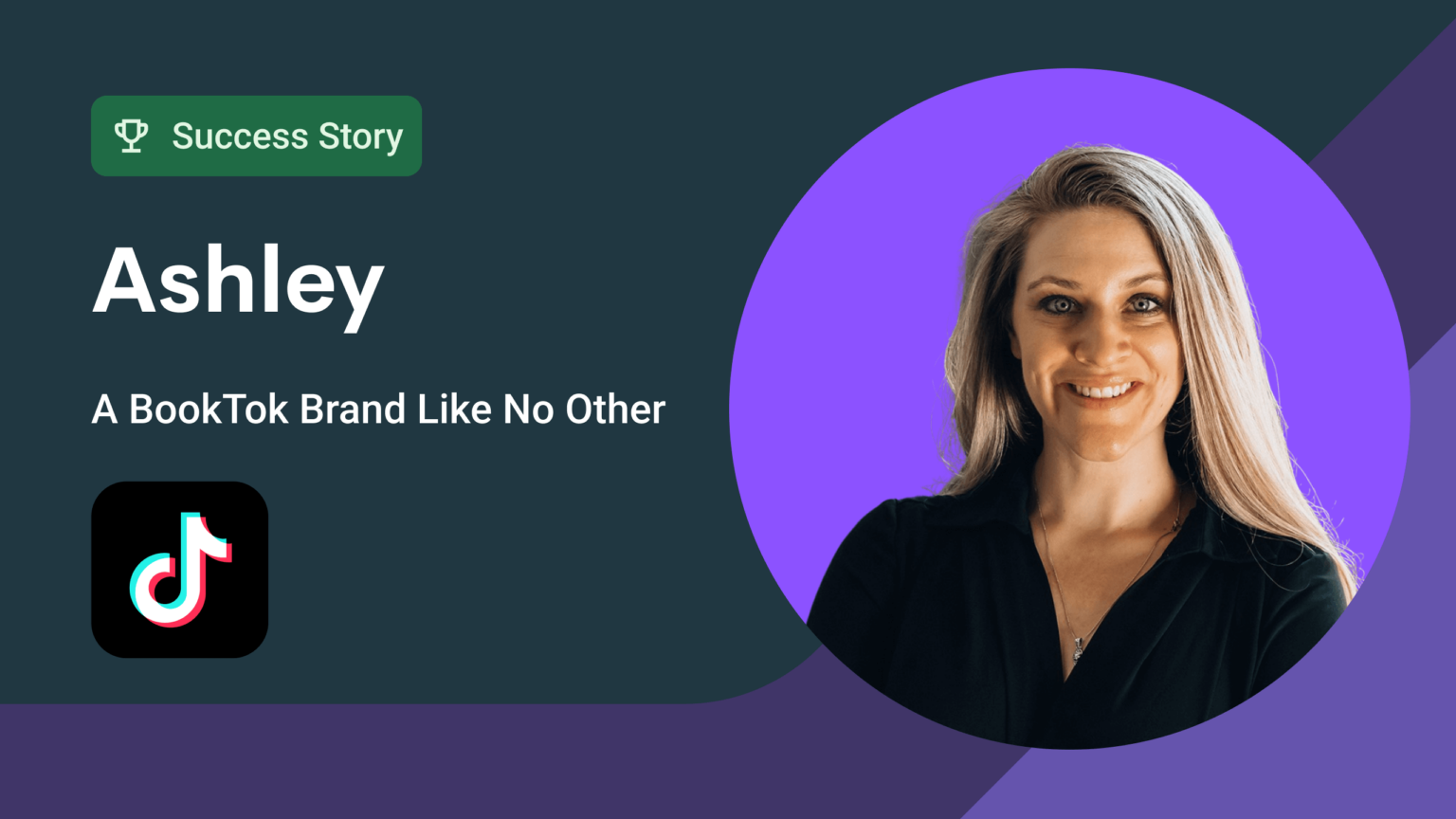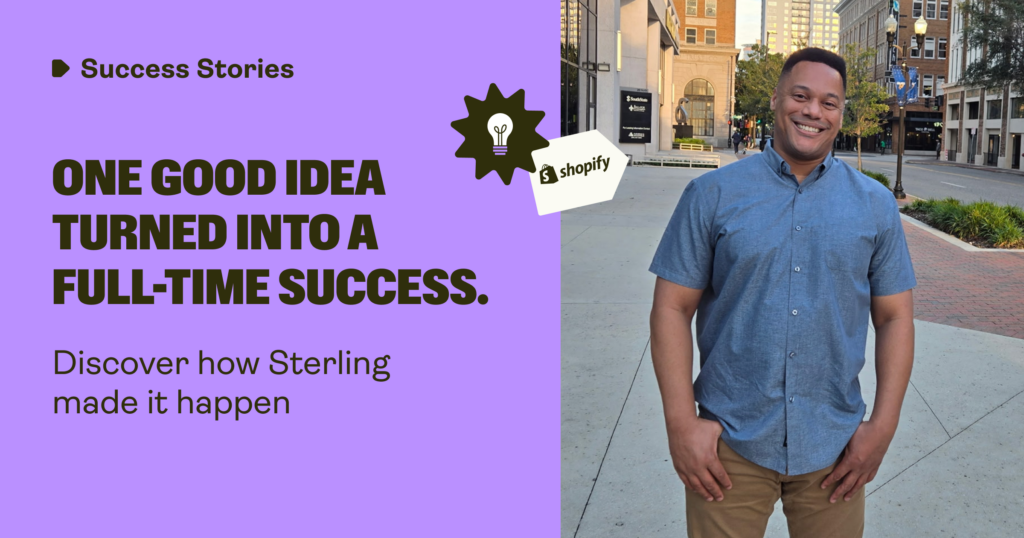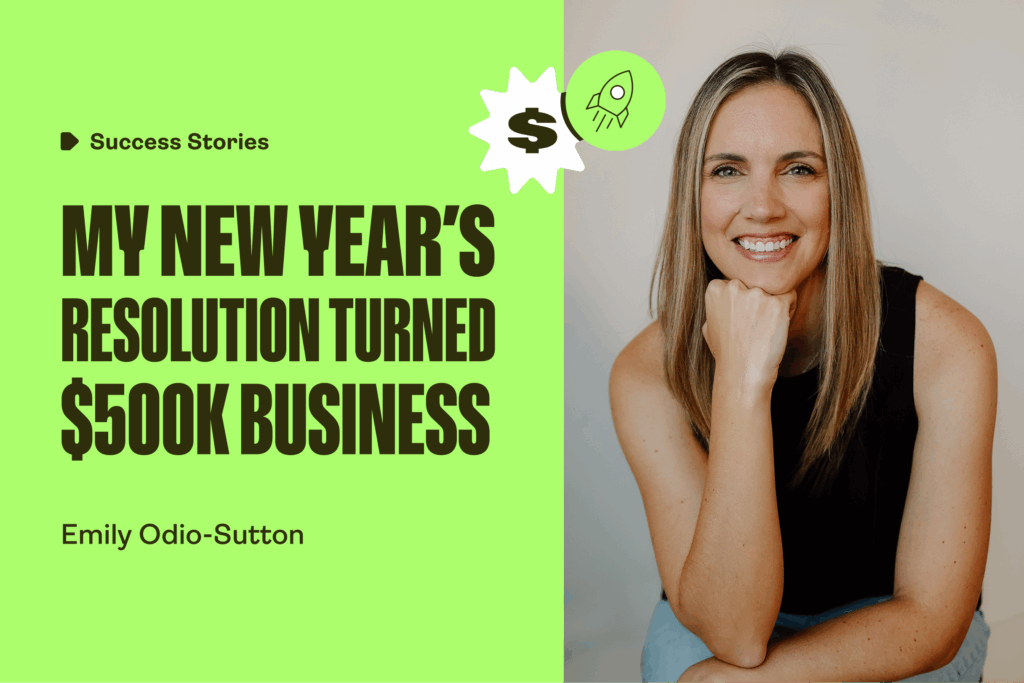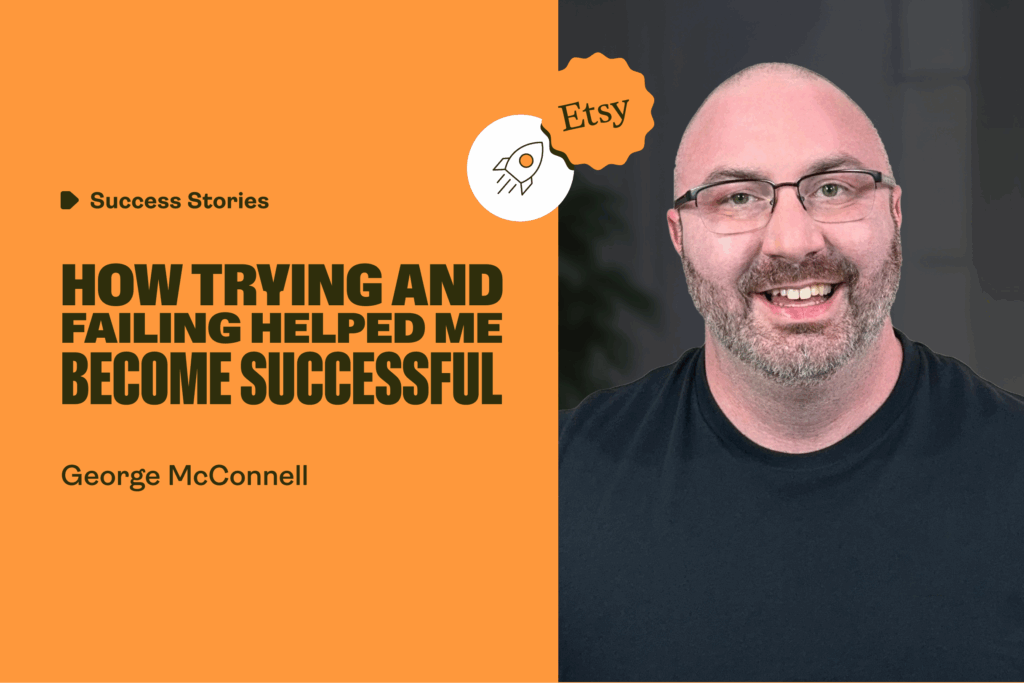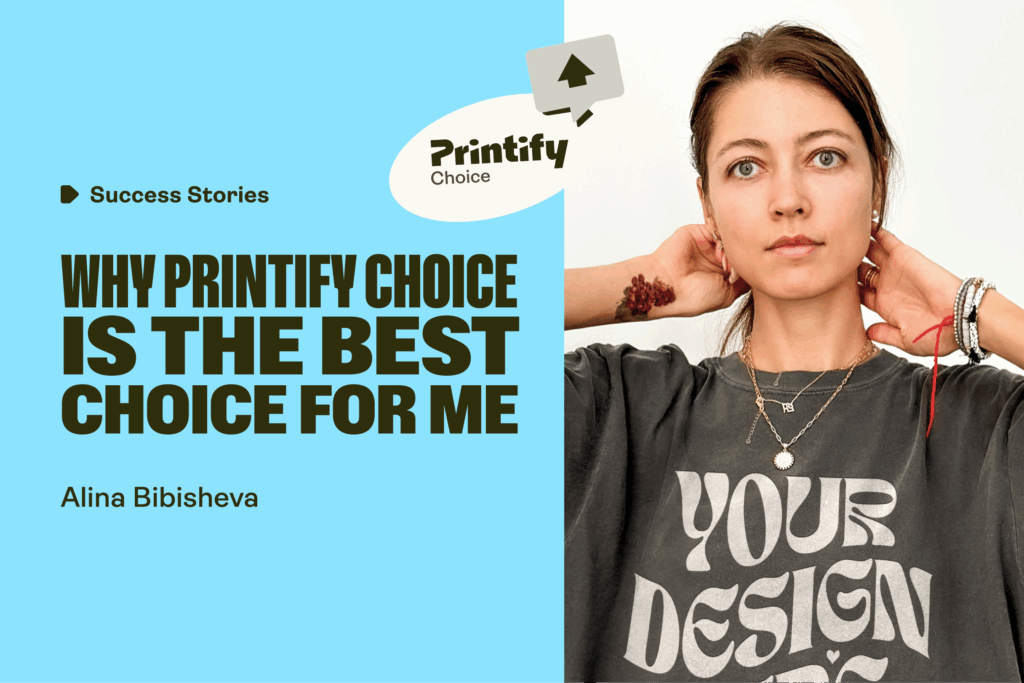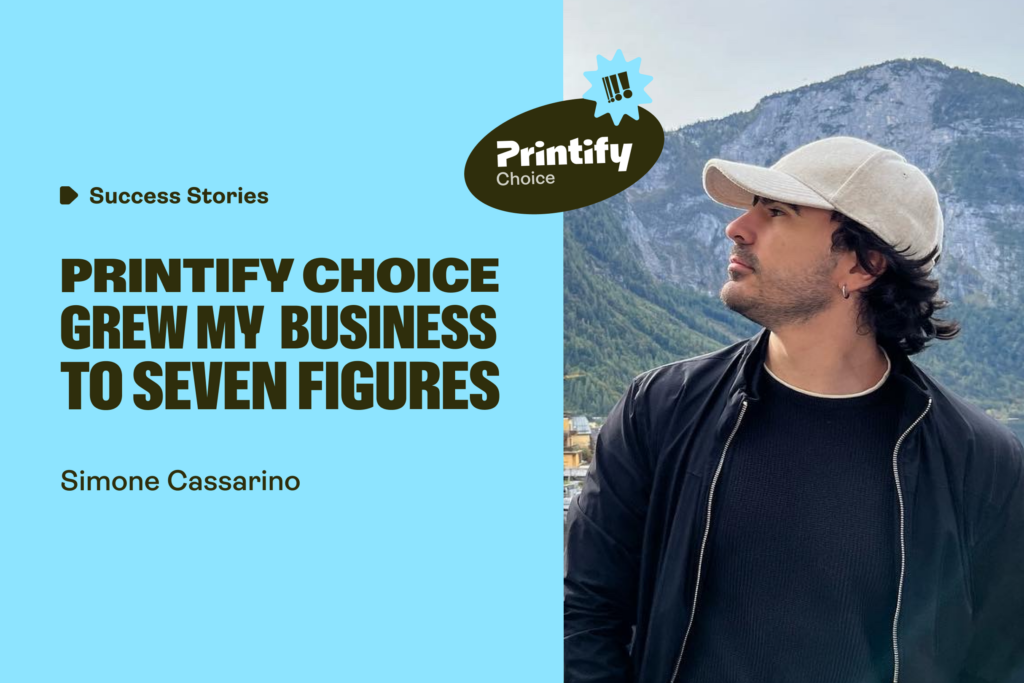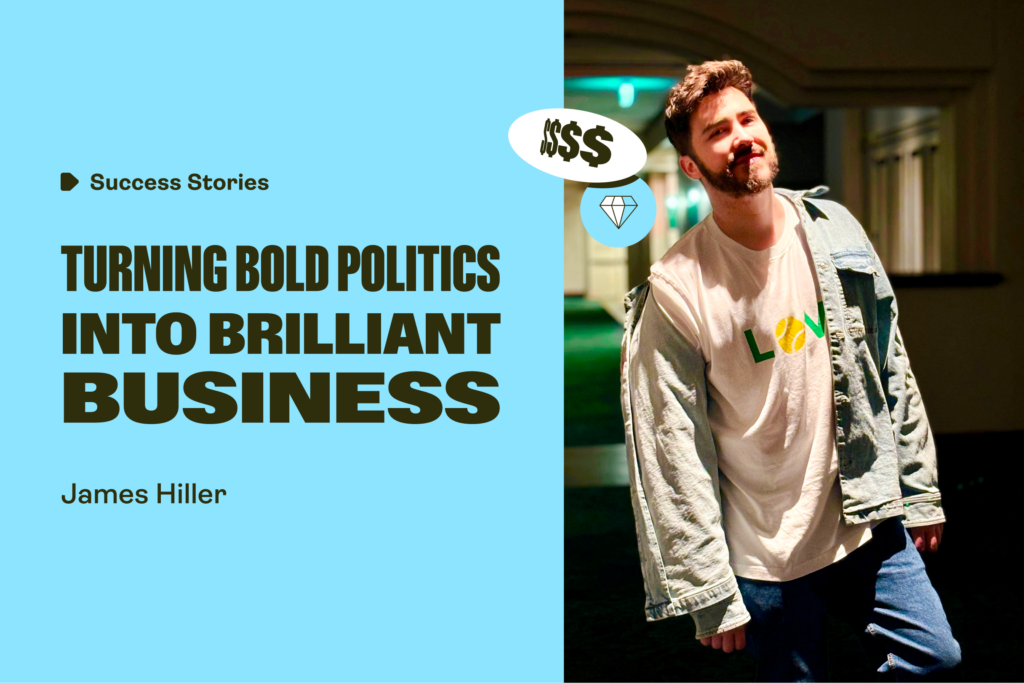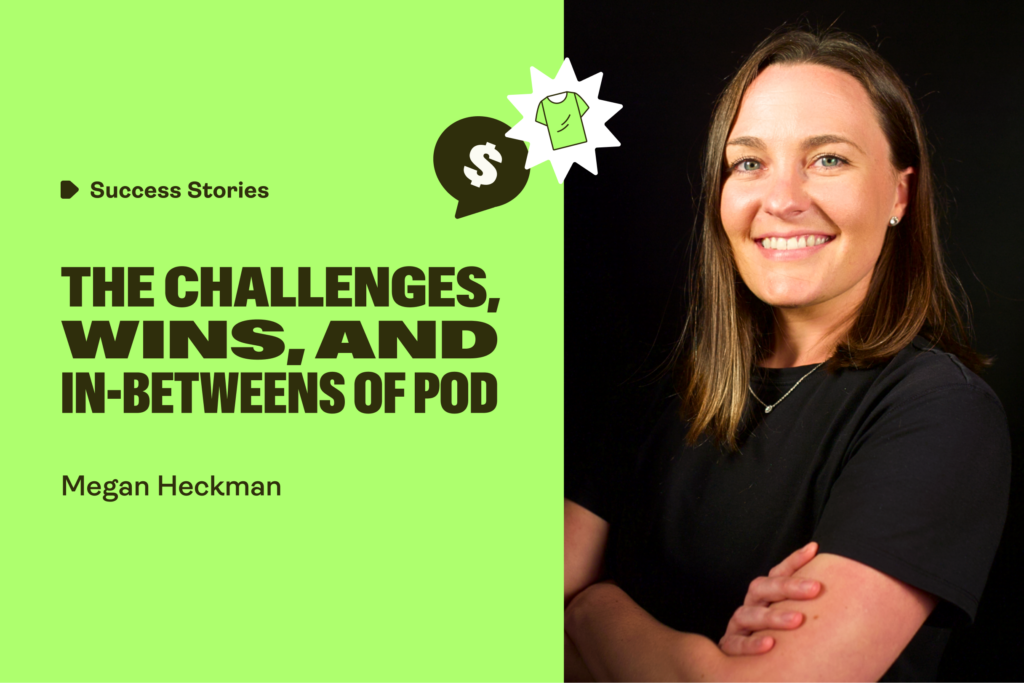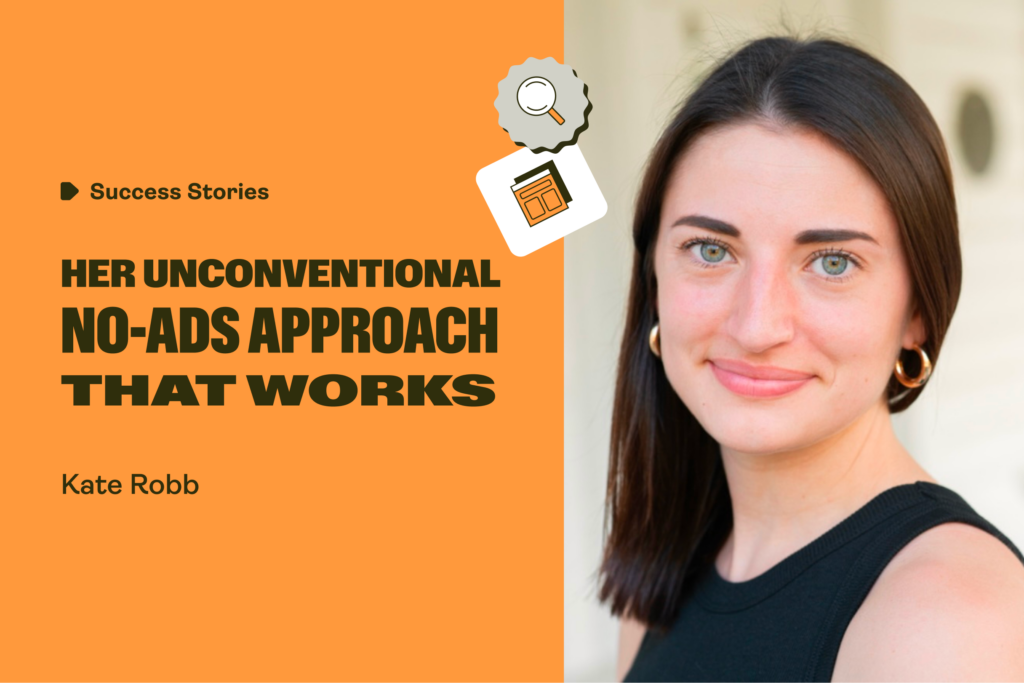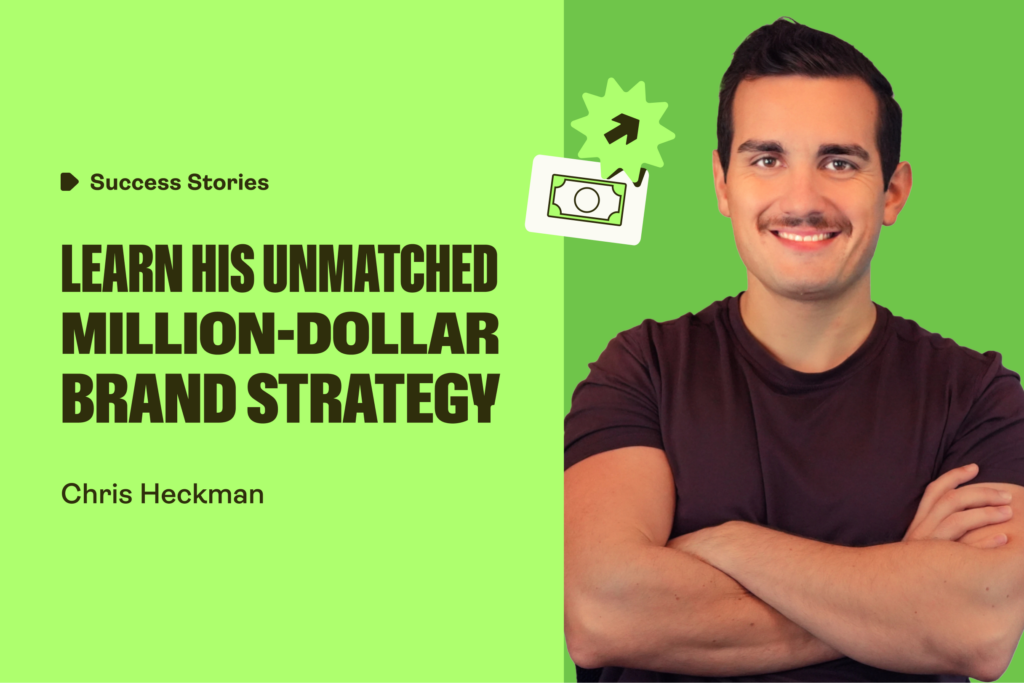Build your dream business today
If you’ve scrolled through TikTok, and you like books, you’ve probably found yourself on BookTok. BookTok is the little corner of TikTok where reading enthusiasts share everything from trending memes and dramatic themes, to rare book recommendations.
One of the popular influencers on BookTok is Ashley, a confessed book nerd that has built a thriving online community on BookTok, where she has over 33,000 followers. Recently, she started selling merch with designs and themes from books she and her audience love.
Ashley set out to get the best possible quality apparel for her brand. She spent a great deal of time testing samples from almost every Printify print provider before offering them to her community! Yes, she is that meticulous. She also made sure that her mockups represented her brand ethos of representation.
We knew Ashley would have lots of advice for influencers looking to sell POD merch. We also think she’s a great example of why it’s important to know your products, so we were very keen to sit down for a chat.
Hi Ashley, tell us about yourself
In college, I studied leadership development and marketing. Since then, I’ve been in the marketing industry for almost 16 years. I mostly work alongside tech startups and companies in the sustainability space. It’s a fun career, and I enjoy being in an environment where you need to make order out of chaos. It helps me to grow, learn and feel challenged.
Outside of my work, I love to read, which is the main reason I built my TikTok channel. I also get a lot of joy from product and travel photography.

What led to you creating a book-based TikTok channel?
I grew up without a television in our household, so I’ve always been a big reader. My parents weren’t anti-technology, but they were very aware that there was too much junk on TV. I soon formed a routine where reading was a normal part of my day, and I never lost my love for good books.
I definitely noticed more adults rediscovering their love of books during the pandemic. This was especially true on TikTok, where the BookTok niche was growing in popularity. I’d only ever lurked on the platform before, but decided to jump on the train myself. I made an account, started posting, and things took off shortly after.
It was exciting to see my channel grow. I was doing book reviews and even Cosplaying characters from my favorite novels. I did have moments where I’d refer to my marketing job. I’d often be sat in a room full of men trying to get them to take me seriously. Here I was, on the internet, dressed up as a fantasy character wondering how this new venture would ever work.
Since then, I’ve grown my channel to over 33,000 followers and connected with many wonderful people. The project has become a proper community with a blog and weekly newsletter. The entire experience has been incredible, and I’ve met some of my best friends along the way.
Did you always intend to monetize?
In the beginning, I had no intention of monetizing my channel. Later, though, I realized that I had an opportunity to start connect with my audience. I love working with startups, helping them to fix things and create an impact.So I figured I’d use these skills to set out a brand of my own.
When I decided to monetize the channel, I focused on delivering the best to my audience. I knew what interested them and how I could provide value with my future products.
Once the foundations were in place, I developed the idea of creating a merch shop for my community. I already had an audience and a website on Squarespace, so I didn’t need to be on Etsy or anything like that. I just needed to pull the trigger and take action.
Logistics were the biggest hurdle at the start, as I live in downtown San Francisco. I couldn’t see myself schlepping packages to a post office, and I knew shipping would be expensive. I did some research and came across the idea of print-on-demand. I figured I’d test things out to gauge interest in what I was planning to offer.
Make it happen today!
What’s your creative process?
I like to keep my notes app close by so that I can log my design ideas. Whenever I’m reading, thinking, or I spot a quote that I like, I’ll add it to the app. After that, I use a wall of sticky notes, which I use to gather everything into collections. I use this for launch campaigns, as it helps me brainstorm and organize things.
This pre-design phase also involves thinking about the timeframe I’ll be working in. I know people will be more excited if I release products to coincide with book releases, for instance.
As for the actual design process, I create sketches in Procreate and use licensed fonts. I’m not too fond of the idea of slapping a design together. I need my products to be original and hard to recreate. For the final part of the process, I use Adobe Photoshop and Illustrator for vectors and things like that.
I have designs that continue to sell well over time, and new people keep discovering them.
I think it’s a huge win when you create something you genuinely love, and people are into it too.

How do you involve your audience in your designs?
I like to make my audience feel involved in the creation process. When I couldn’t decide which of the two designs to publish, I tried letting my audience vote on the outcome. The process was huge fun, and the winning design has been my best seller by far.
Since then, I’ve had my audience help to choose different colors too. If a design sells well, I’ll ask my followers if they’d prefer it in different colors and let them vote. When you involve your community, you make them feel valued and gain marketing data in the process.
Besides colors and things like that, I also let my audience be behind the scenes. I’ll show them what I’m currently designing and involve them in the process. People get to see what the designs look like as they evolve and hopefully feel more of a connection.
Your approach to samples is unique, tell us about it.
I didn’t want to sell something I wouldn’t wear myself. So I tested lots of samples from almost all the POD platforms before selecting a winner.
I soon discovered a huge difference in quality between the different POD companies. Even after choosing Printify, I still order samples when launching a new collection. I like to check the colors and print sizes and have physical pieces I can wear and photograph myself.
Knock on wood, I haven’t had any unhappy customers yet. I like to think that’s because I try to cover everything and ensure that all my designs look exactly how I want them to.
Your product mockups are also impeccable. How do you make them?
My community is very diverse, with members from all around the world. I’ve always been the kind of person to notice if I was the only female in a workplace or if a room lacked people of color. I want to make sure everyone is represented in my community. I want everyone to feel like they can wear my products and that I’m also size-inclusive.
I try to avoid generic photos or using models to tick a diversity box. I’ve been buying a lot of bespoke mockups from Etsy lately. Individual photographers make them, and I love supporting small businesses with female founders.
Besides my personal beliefs, who wants to look like everyone else? You’re never going to stand out using generic images for your brand. Decent mockups are worth the extra cost. They have an impact on conversions and sales, especially if the photos are of a high quality.

What should sellers do if a design isn’t working?
It’s important to listen to the customer data and to pick up on when people aren’t interacting with a product. You never know what people will buy. I’ve made several designs that I thought were perfect but turned out to be poor sellers.
The great thing about POD is that you don’t have inventory sitting in your apartment when it isn’t selling. You can always remove an item and put something else up if things aren’t working. The wonderful thing about Printify is they give you the flexibility to test lots of angles.
How has your experience with Printify been?
It’s been great so far. Having Printify sort out packaging and shipping is a mental release and totally worth it. If you’re running a side business, you don’t want to deal with the stress of packing items and printing labels.
Printify also allows you to get a business up and running in very little time. The integration side of things has been fantastic. I only had to press a couple of buttons to connect everything together. I also love that I don’t have to commit to 1000s of Dollars when I want to experiment and don’t have the sales data to back it up. It’s easy to sample products and test ideas without investing huge amounts of money.
Finally, it’s important to mention customer service. When running a POD business, you’re the middleman, so you need to take care of any technical issues that crop up. I really appreciate how attentive Printify’s support team has been. It’s a relief to know that I can rest assured that they will take care of any problems that might arise.
What platform do you use for your store and why?
I know that Shopify would make more sense for eCommerce, but my site was already on Squarespace. It worked out well that Squaspace is integrated with Printify already. I have decent experience with the platform through my consulting job so picking it was a no-brainer.
Since I want everything to look beautiful and match my aesthetic, I also use Flodesk for email marketing, which allows me to create perfect emails that look amazing.
When starting out, Squarespace is very affordable and generally looks professional. You have to remind yourself not to ruminate on things too much. I love the mantra about taking ‘messy action’ and putting something out there and fixing it later.
If you’re meticulous, you’ll always judge yourself more harshly than your audience will. There’s plenty of competition out there, and things move fast. You need to be willing to put your work out there and see how it goes.

What advice would you give to Print-on-Demand newbies?
I’d suggest that people adopt the right mindset when starting a print-on-demand business. Don’t focus on making a huge amount of money at first, but try to create and sell products your audience will love. Creating items that people talk about and want to share is essential. Think about the niche you’re working in, and try to stand out by providing great customer service.
What has been your biggest challenge yet?
I’m a one-woman show, so balancing everything can be tough. Nobody is helping behind the scenes, it’s just me, which means I need to deal with the most impactful tasks first.
You can’t be all things to all people. It’s crucial to pick one thing at a time and make sound decisions about where your focus will be. Black Friday, Small Business Saturday, and Cyber Monday were very tough in that regard. I couldn’t concentrate on them all, so I had to pick a timeframe that was achievable for me.
Given the choice, would you do POD again?
Starting a print-on-demand business was very tough in the beginning. When I was working on the setup and my initial designs, I was working 18-hour days. The early stages were very much the opposite of a passive income business. I had to manage many different elements at the same time.
Despite the heavy workload, I didn’t feel as though I was working, as I was creating something that was mine. It goes back to what I mentioned earlier about my old job where I was creating other people’s dreams. I have lots of energy and inspiration for this business, as I’m building something for myself that I love.
My advice is to make sure you don’t burn yourself out. That can be tough to avoid when you’re working on something you enjoy so much.



